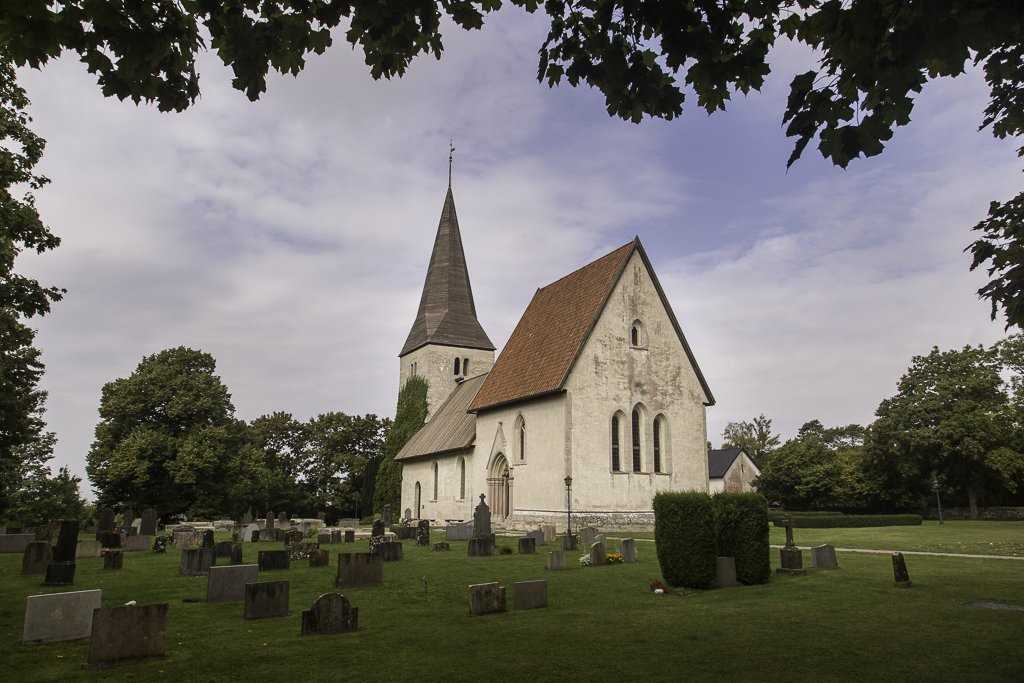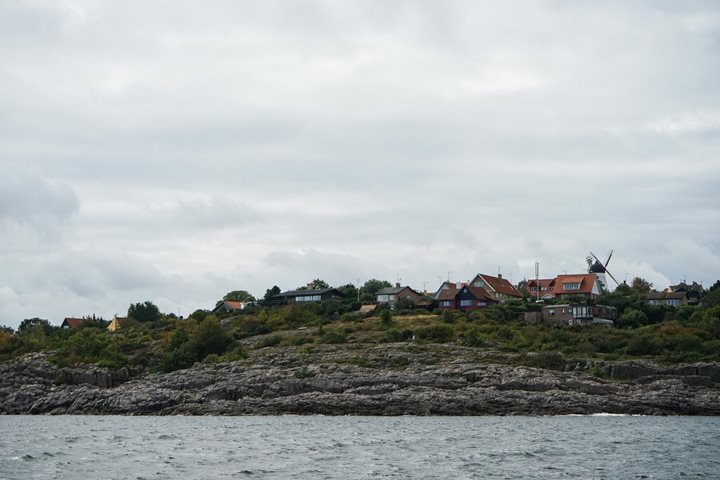Over days, years, and centuries, uncountable moments and intersections of time and place come and go across the face of the globe, each leaving echoes that slowly fade away until memories of even the most dramatic events become abstractions and finally vanish. World travelers, exposed to many historic sites and re-creations of long ago days, know this lesson of impermanence very well. Traveling consciously and thoughtfully, looking through the surface of today into the past events that created our time, always opens a rich new level of experience, insight, and understanding. This is travel in new directions, in four dimensions, which adds immeasurably to the number of destinations open to us.
As dawn broke this morning over the glassy calm waters of the Baltic we could just make out the low hills of Gotland on the horizon. This Swedish island, the largest in the Baltic, must have been seen exactly this way, appearing out of the morning mist by many very different travelers in the past. Millennia of approaching armies and navies, eager merchants and tradesmen, religious reformers and curious scientists have worked and fought and taught here, created and destroyed and gone on their various ways again. For our part, we had arrived on a picture perfect day. The town of Visby and the island lay quiet and green under the morning sun, inviting to us explore the peaceful landscape and narrow winding streets. But just below the surface, also beckoning to us, were many other very different days, days of violent conflicts, thrilling discoveries and social upheavals that are the foundations of the modern world.
Some of us explored by bicycle, others boarded coaches for a broader tour of the island, and a few simply wandered the quiet streets and alleyways of Visby. We saw Lutheran churches that brought to mind the enormous changes of the reformation and walked past an ancient harbor, now landlocked, that spoke to us of the great Hanseatic League, a trading network that once connected Visby with the farthest corners of the medieval world. We visited a brewery that grew from the centuries-old traditions of home brewing on the island and stood atop limestone cliffs that formed in shallow tropical seas four hundred million years ago. At the end of the day we all set out again for a marvelous dinner ashore, enlivened by a performance of beautiful traditional Swedish folk music. Everywhere we went, in everything we did, the past called to us through the lovely veil of the present.
The tides of history have swept back and forth across this small inland sea with ferocious force and frequency. Every one of these waves of people, ideas, conflict, and wealth has left its mark, slowly fading but still very visible to the discerning eye. Our visit to Gotland and Visby today gave us a wonderful opportunity to look beneath the surface and read deep between the lines of the fantastic palimpsest of human culture that is the Baltic.





